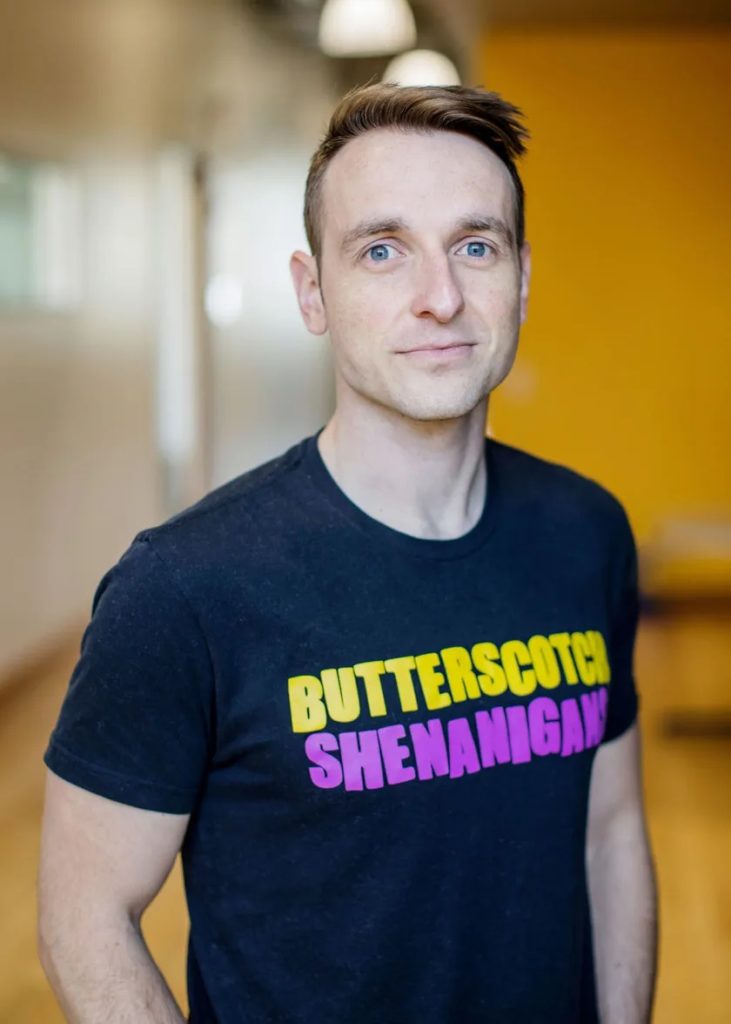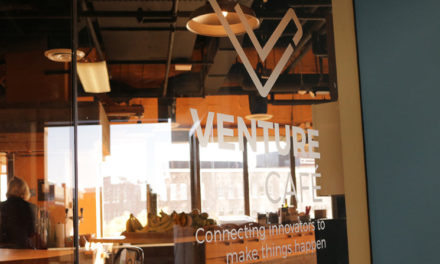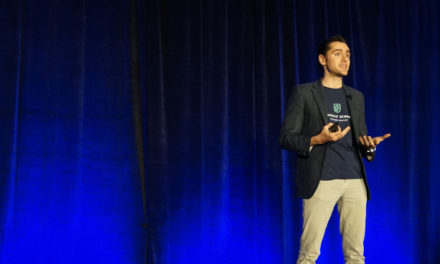St. Louis independent video game producer Butterscotch Shenanigans launched its sixth game less than a month ago. Gamers play-time topped a cumulative three years in the first week. Co-founder Sam Coster shared with the 4thEst8 how they marketed the game – including some methods they’ve never used before.

With “ad-spend, typically through places like YouTube, we did that for the first time with this game,” Coster said. “The adds performed great: drove a lot of eyeballs and made sure people knew what the game (Levelhead) was, before it showed up.”
The small studio, based in St. Louis (but working remotely at this time) has six full time staff… including Coster and his brothers Seth and Adam… as well as nine remote testers and a couple contractors for special skills like audio. The company started in 2012. Coster says the full release of Levelhead was April 30, 2020 and has picked up more than 130,000 players, but part of their marketing involved early releases of the game to select people.
One avenue was through ‘early access’ on the video game digital distribution service, Steam. Early access is essentially an open Beta, where gamers pay to play a version of the game that it is still being developed. They also have a direct line to give feedback to Butterscotch Shenanigans developers, and a kernel of a community can begin to form around the game. Another increasingly important kind of early adopter is the “influencer” who live-streams a game to an audience on YouTube or Twitch for a cut of the advertising revenue generated.
“A big part of the marketing, then, is sending early builds to those YouTubers and streamers,” Coster said, adding that the streamers don’t get paid by the game company, but are being thought about in the early stage of game development because of their influence. “We (try to) answer the question ‘is it fun to watch someone play this?’ Which is kind of a weird thing, but you increasingly need to be aware of, because the actual strength and power from a lot of those YouTubers is really big.”
Partnering with the subscriber programs on Xbox and Google Play is another avenue Butterscotch Shenanigans used to get Levelhead in front of gamers.
“This is the first time we’ve done one of these deals where their subscribers get our game, and it’s been great for us because Levelhead is a community based game: so if there are a bunch of people playing, it is more likely that there are more people who will (be attracted to) play.” Coster said. “To be able to make something, and sit at the table with those big platforms, and have all these players enjoying the game… it’s been quite a journey.”
The next several weeks the developers will put together an update to their just-launched Levelhead, to add a lot of new content that they couldn’t get into the launch. After that, it’s on to designing the next game, which Coster says takes about two years.
“There’s a couple months of figuring out all the tooling and getting the production pipeline into place. Then we start prototyping and building weird stuff that’s maybe throw-away, and usually by the (one) year mark we have something we can show people to some degree, a little slice… a proof of concept… that players and platforms can get excited about,” said Coster. “At about two years we’re usually close to wrapping things up, then it’s pick a good timeline to launch at the right moment.”




